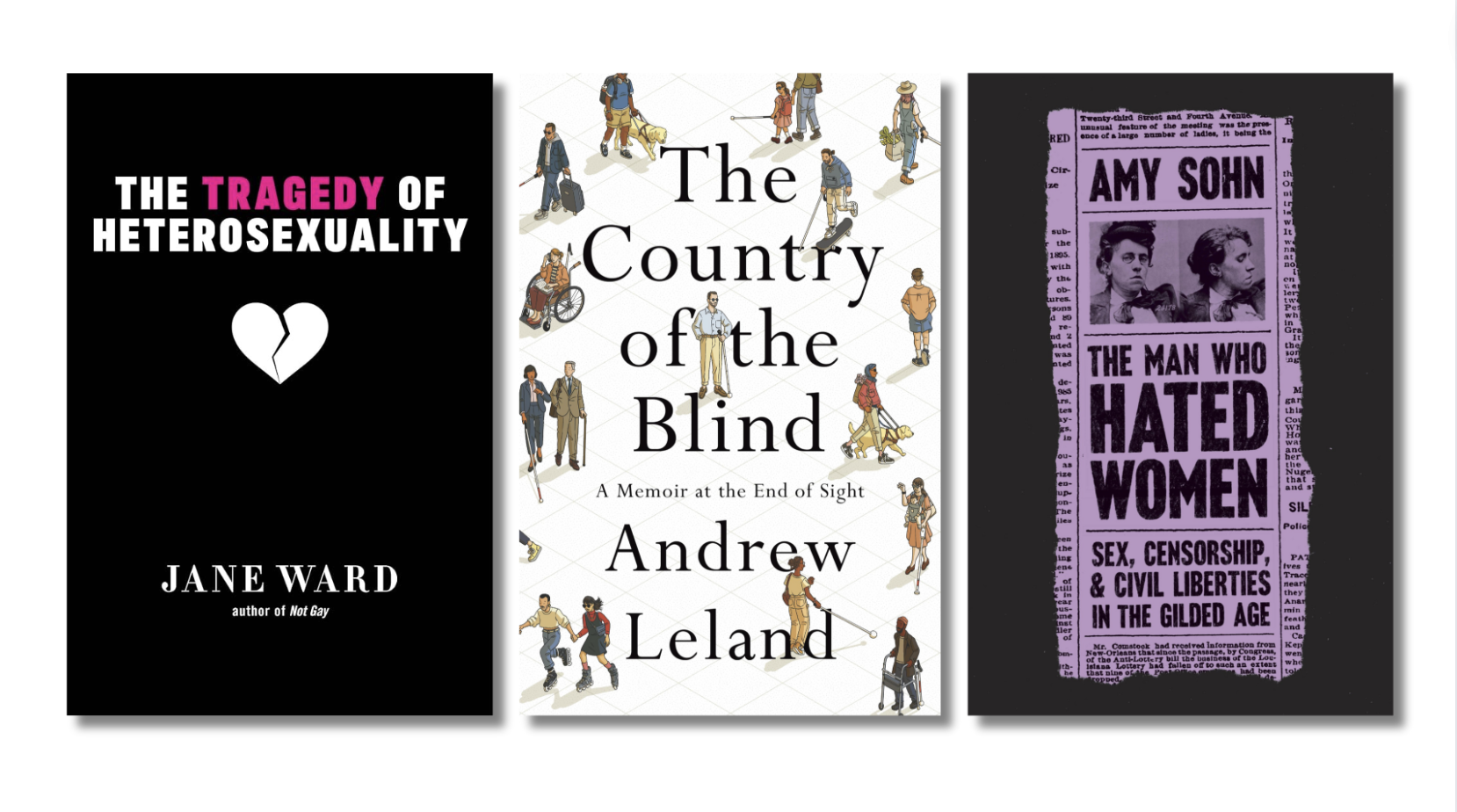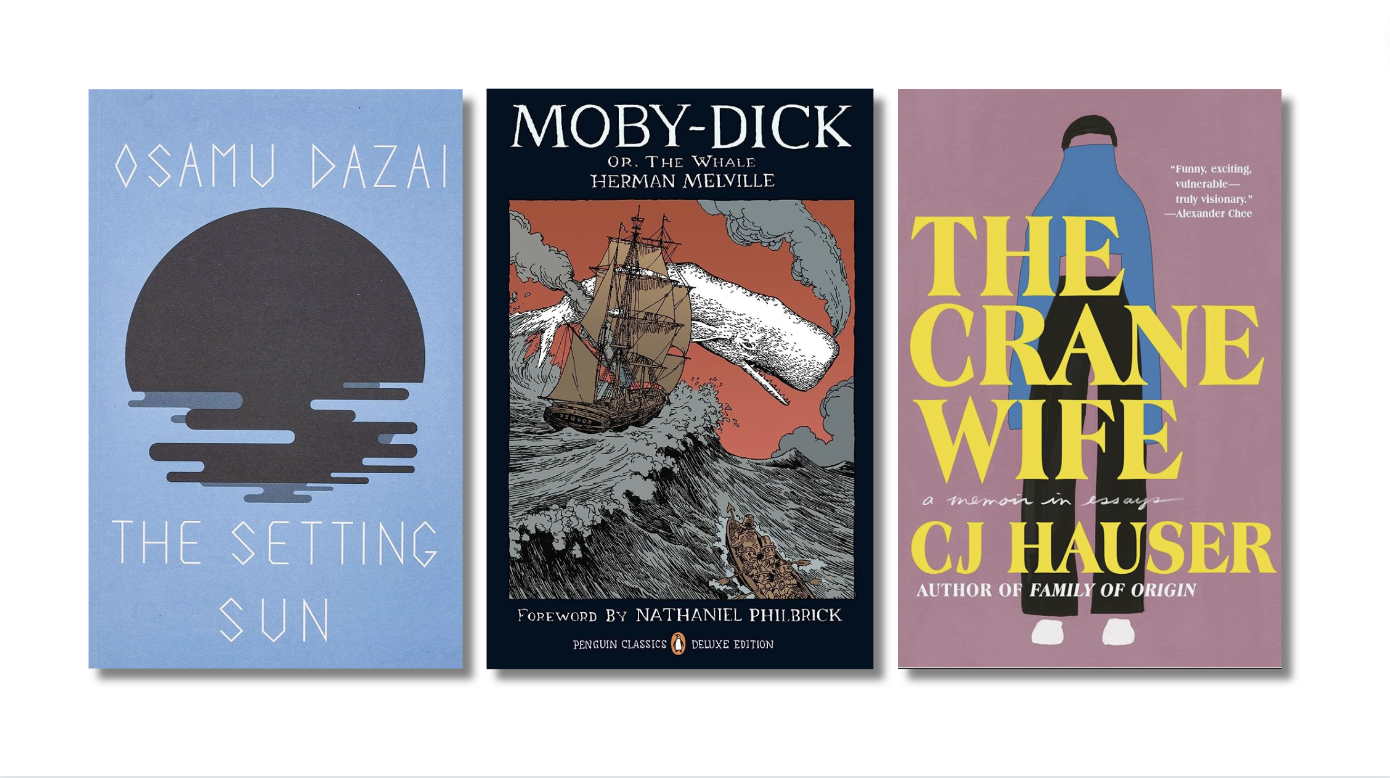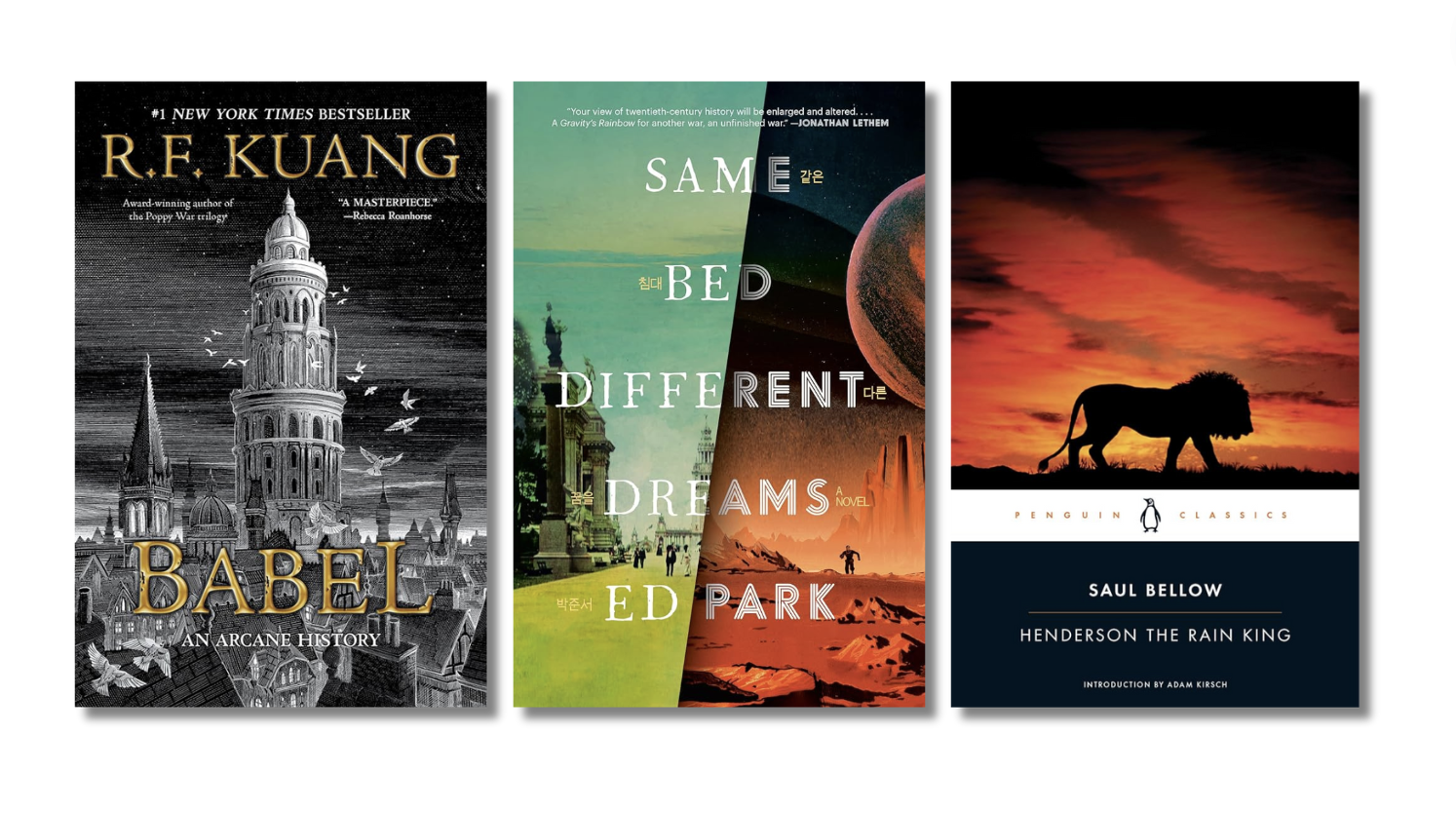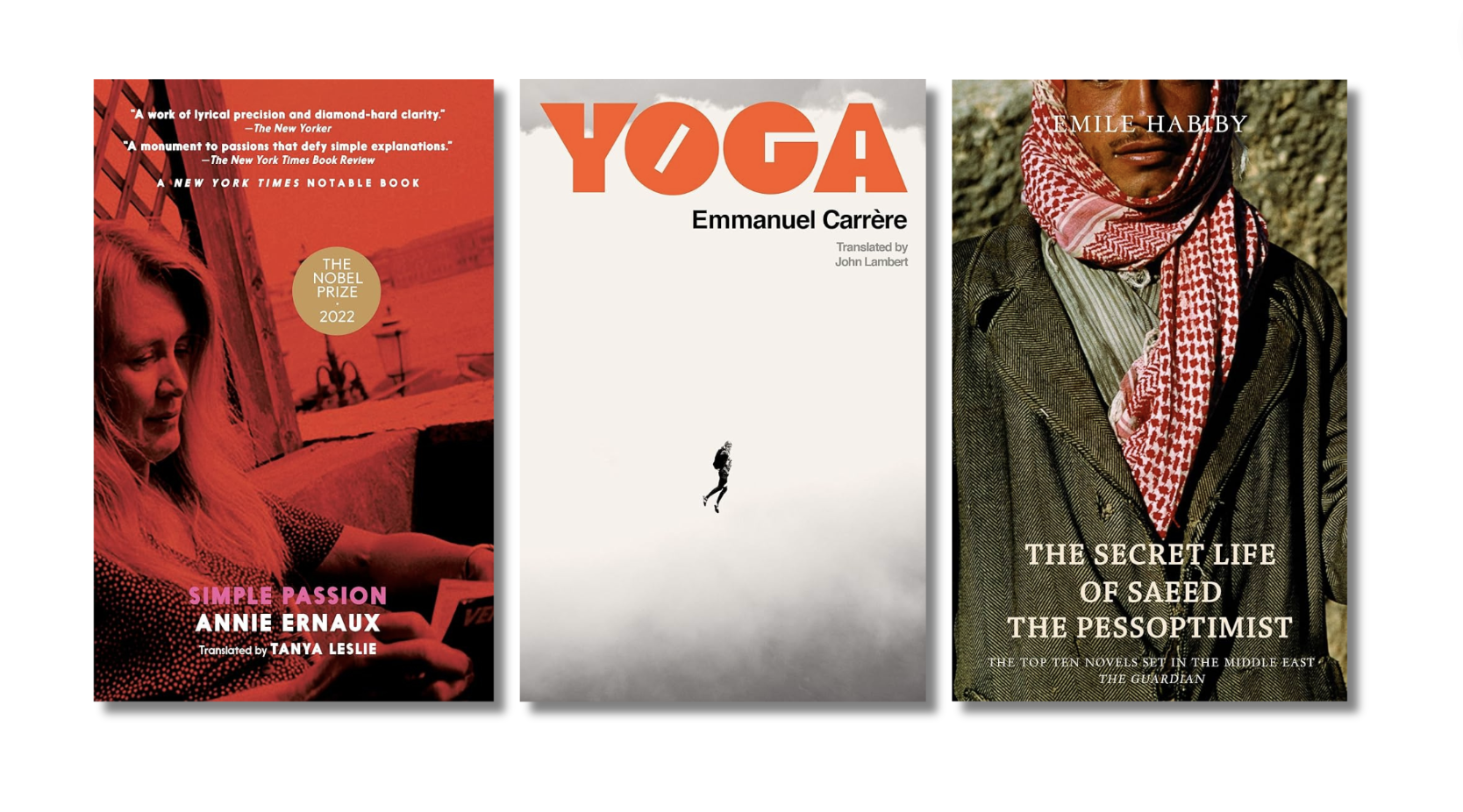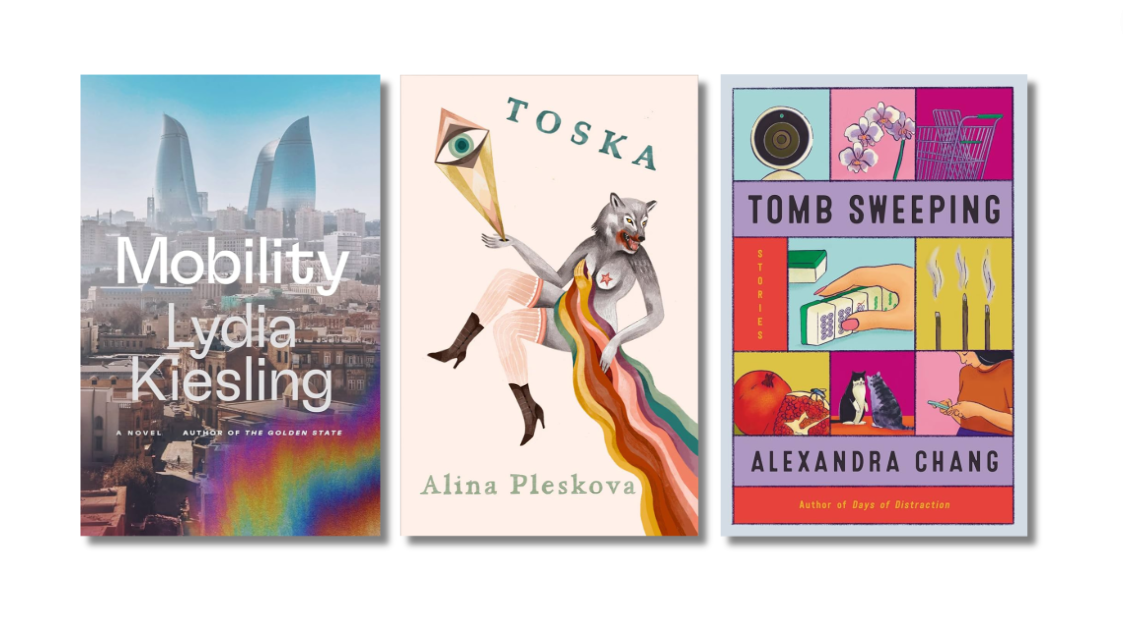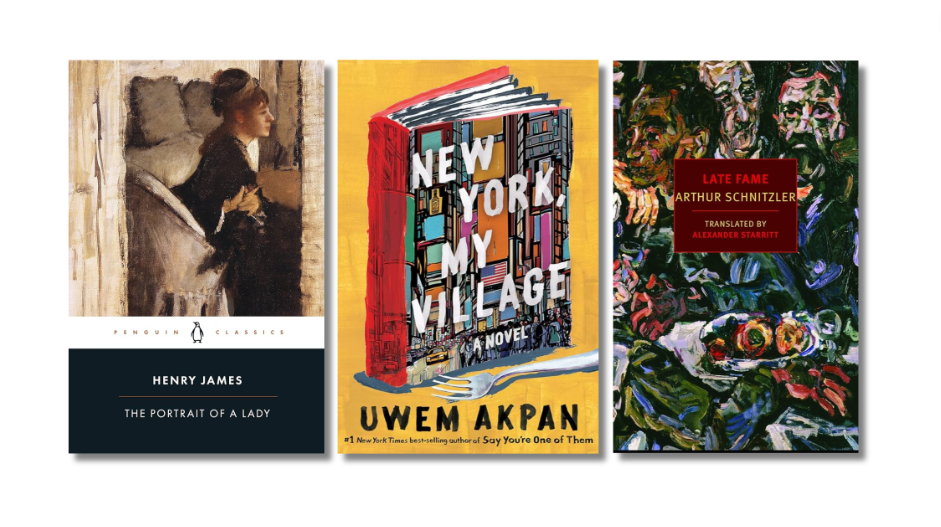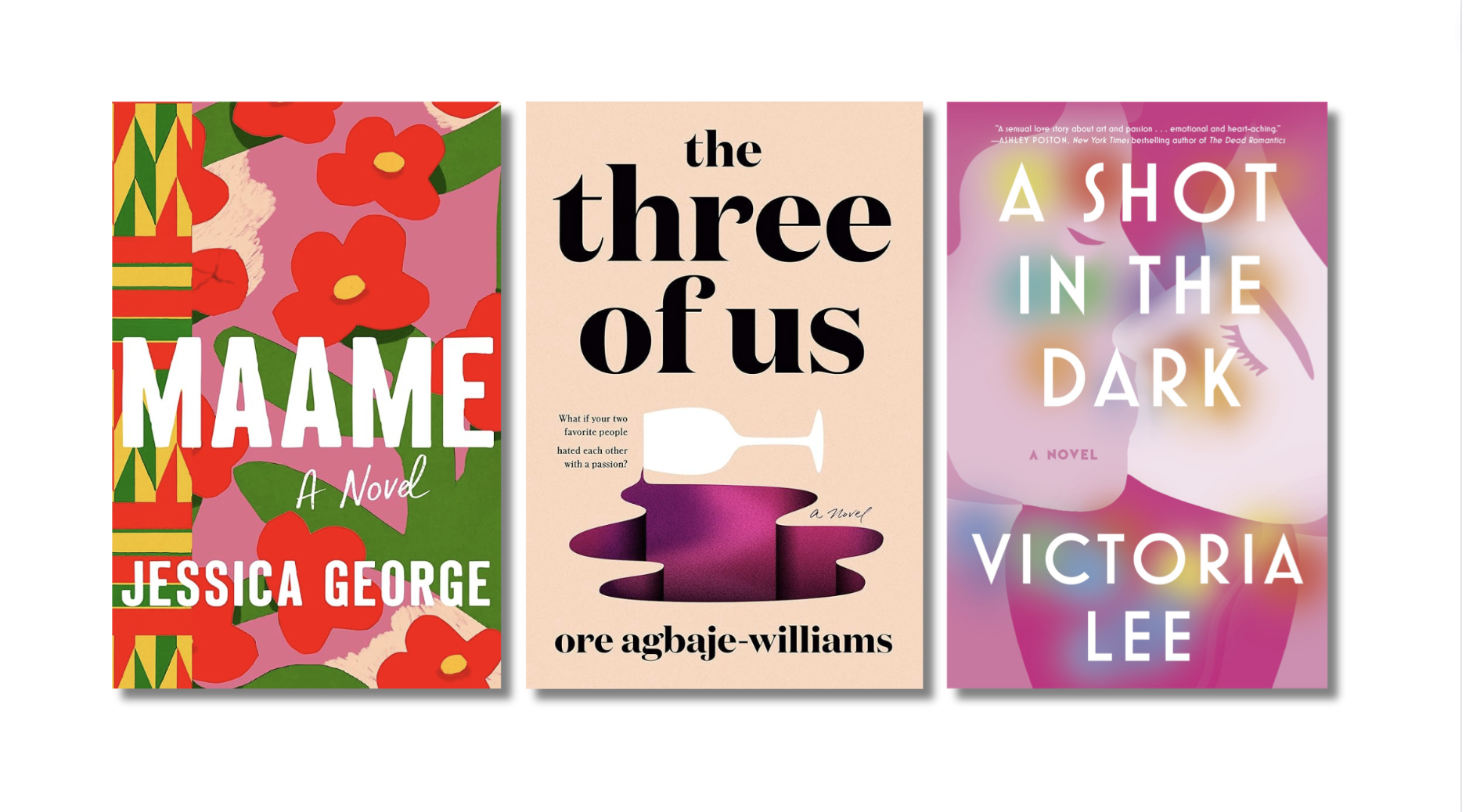 The two books I’ve been recommending the most this year are both by Michael Clune. Now an English professor and a literary critic, Clune spent his grad-school years as a self-described heroin junkie at Johns Hopkins, an experience he documents in his brilliant memoir, White Out (Hazelden, 2013). Structured as a conventional recovery narrative (Clune hits bottom, goes to jail, gets sent to rehab, and gets better), the book doubles as a phenomenological description of addiction: of what heroin does to memory, perception, attention, and time.
The two books I’ve been recommending the most this year are both by Michael Clune. Now an English professor and a literary critic, Clune spent his grad-school years as a self-described heroin junkie at Johns Hopkins, an experience he documents in his brilliant memoir, White Out (Hazelden, 2013). Structured as a conventional recovery narrative (Clune hits bottom, goes to jail, gets sent to rehab, and gets better), the book doubles as a phenomenological description of addiction: of what heroin does to memory, perception, attention, and time.
Clune’s central Proustian metaphor is that addiction is a “memory disease.” Unable to forget the first time he did heroin, the addict keeps doing heroin as a way of returning to that past moment. “At every instant,” he writes, “the addict inhabits at least two times at once: the first time he did it and the next time he will do it. Right now is the switchboard.” The drug emerges, in the book, as a kind of mesmerizing madeleine: the addict can’t even look at it without falling into a memory trance (the “vial of dope” is just a “pane of clear glass, and he’s watching his first time through it”). But this is less a matter of nostalgia, Clune insists, than of permanent novelty. Being addicted means never getting used to the sight of the drug. It remains endlessly vivid and transfixing, every single time you see it. Unlike other objects — which eventually grow familiar and dull and “disappear inside our habits” — heroin is “immune to habit”: “Something that’s always new…that never gets old.” For Clune, “the white tops are still as new and fresh as the first time. It still is the first time in the white of the white tops. There’s a deep rip in my memory.”
Clune’s meditations on this time-traveling whiteness — rendered throughout in hypnotic, staccato sentences — yield some of the book’s most sublime and beautiful writing. His attempts to convey the timelessness, and eternity, and dilated duration of dope consciousness occasionally resemble mystic poetry: e.g., his dope brain “has roots that reach through time and drink from everywhere;” his dope eye “doesn’t have any bottom” (“and I see into the bottomlessness of things”); the dope powder “carries the white down into the tiny neural tunnels where the body manufactures time.”
In addition to these dithyrambic passages, the book contains laugh-out-loud scenes with junkies, dealers, and a defense lawyer; charming childhood memories involving Candyland; and moving accounts of Clune’s daily practice of sobriety (“The only way to recover from the memory disease is to forget yourself…You must make forgetfulness into a habit. Like a waterwheel that continually pours forgetfulness over your life”). Harrowing and hilarious as a recovery memoir, White Out is also a memorably lovely essay on memory: it maps a mind that’s haunted — as most minds are — by nostalgia, time, and whiteness.
 After finishing White Out, I ordered the other book Clune published this year, a scholarly study titled Writing Against Time (Stanford University Press). Like his memoir, this book is concerned with the possibility of permanent novelty: namely, with sensory and aesthetic experiences that never get old, no matter how many times you enjoy them. “Time poisons perception,’”he writes in the opening chapter. “No existing technique has proven effective in inoculating images against time.” Following the literary theorist Viktor Shklovsky, Clune proposes that one of the roles of art is to fashion time-resistant images: by presenting familiar objects in surprising ways, art rescues them from habit. Or, in Shklovsky’s famous phrase (from his essay “Art as Technique”), art can “make a stone feel stony.”
After finishing White Out, I ordered the other book Clune published this year, a scholarly study titled Writing Against Time (Stanford University Press). Like his memoir, this book is concerned with the possibility of permanent novelty: namely, with sensory and aesthetic experiences that never get old, no matter how many times you enjoy them. “Time poisons perception,’”he writes in the opening chapter. “No existing technique has proven effective in inoculating images against time.” Following the literary theorist Viktor Shklovsky, Clune proposes that one of the roles of art is to fashion time-resistant images: by presenting familiar objects in surprising ways, art rescues them from habit. Or, in Shklovsky’s famous phrase (from his essay “Art as Technique”), art can “make a stone feel stony.”
The problem for Clune is that, in the real world, even artworks aren’t immune to time: the catchy pop song, the captivating painting, the visionary poem — with repeated exposure, they all end up fading. So Writing Against Time looks at works of literature that imagine hypothetical, habit-proof objects, virtual models for what endless novelty might actually feel like. In one chapter, Clune analyzes “imaginary music” throughout literature, ranging from Vinteuil’s compositions in Proust to Apollo’s melodies in Keats. In a chapter on Lolita, he demonstrates how nymphets function for Humbert Humbert as “addictive images,” in exactly the same way that opium does in De Quincey’s Confessions (or that heroin does in White Out): every time Humbert Humbert sees a nymphet, it’s like the first time he’s seeing a nymphet.
 The book keeps pursuing this project in surprising places, from John Ashbery’s poetry to classic sci-fi novels. In a bravura chapter on 1984, Clune identifies a Shklovskian agenda in Oceania’s propaganda, which consistently misrepresents reality (Winston has to remind himself that “stones are hard, water is wet”). When Winston drinks from a bottle labeled “Gin,” he’s shocked that it tastes like “nitric acid;” ditto the “Chocolate” bar that tastes like “the smoke of a rubbish fire.” Because Winston never knows what to expect, every sensory experience is heightened. For Clune, this is a case of fascist phenomenology: the government is imposing “a set of false expectations of the world” to frame people’s perceptions. As a result, “doublethink exposes the citizens of Oceania to constant intense, unfamiliar, unexpected, and shocking sensations.”
The book keeps pursuing this project in surprising places, from John Ashbery’s poetry to classic sci-fi novels. In a bravura chapter on 1984, Clune identifies a Shklovskian agenda in Oceania’s propaganda, which consistently misrepresents reality (Winston has to remind himself that “stones are hard, water is wet”). When Winston drinks from a bottle labeled “Gin,” he’s shocked that it tastes like “nitric acid;” ditto the “Chocolate” bar that tastes like “the smoke of a rubbish fire.” Because Winston never knows what to expect, every sensory experience is heightened. For Clune, this is a case of fascist phenomenology: the government is imposing “a set of false expectations of the world” to frame people’s perceptions. As a result, “doublethink exposes the citizens of Oceania to constant intense, unfamiliar, unexpected, and shocking sensations.”
There’s an analogy here for Clune’s methodology: by framing familiar books in unexpected ways, he shocks the reader into seeing them differently. They become new again and freshly pleasurable. In this respect, each example of vivid novelty serves — for the reader — as an experience of vivid novelty, and several times the ingenuity of Clune’s close reading made me want to stand up and cheer. Along with White Out, Writing Against Time was the best thing I discovered in 2013. Taken together, they complete a profound portrait of how people use art, drugs, sex, and meditation to slide outside of memory and “arrest the flow of neurobiological time.”
More from A Year in Reading 2013
Don’t miss: A Year in Reading 2012, 2011, 2010, 2009, 2008, 2007, 2006, 2005
The good stuff: The Millions’ Notable articles
The motherlode: The Millions’ Books and Reviews
Like what you see? Learn about 5 insanely easy ways to Support The Millions, and follow The Millions on Twitter, Facebook, Tumblr.



